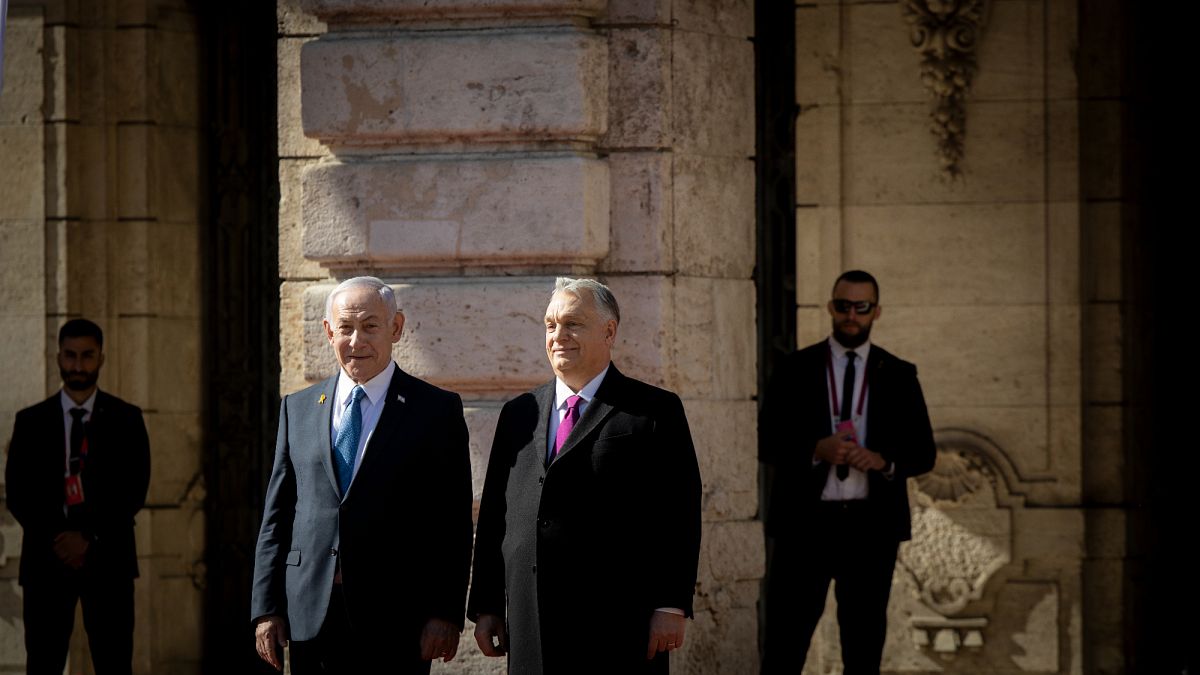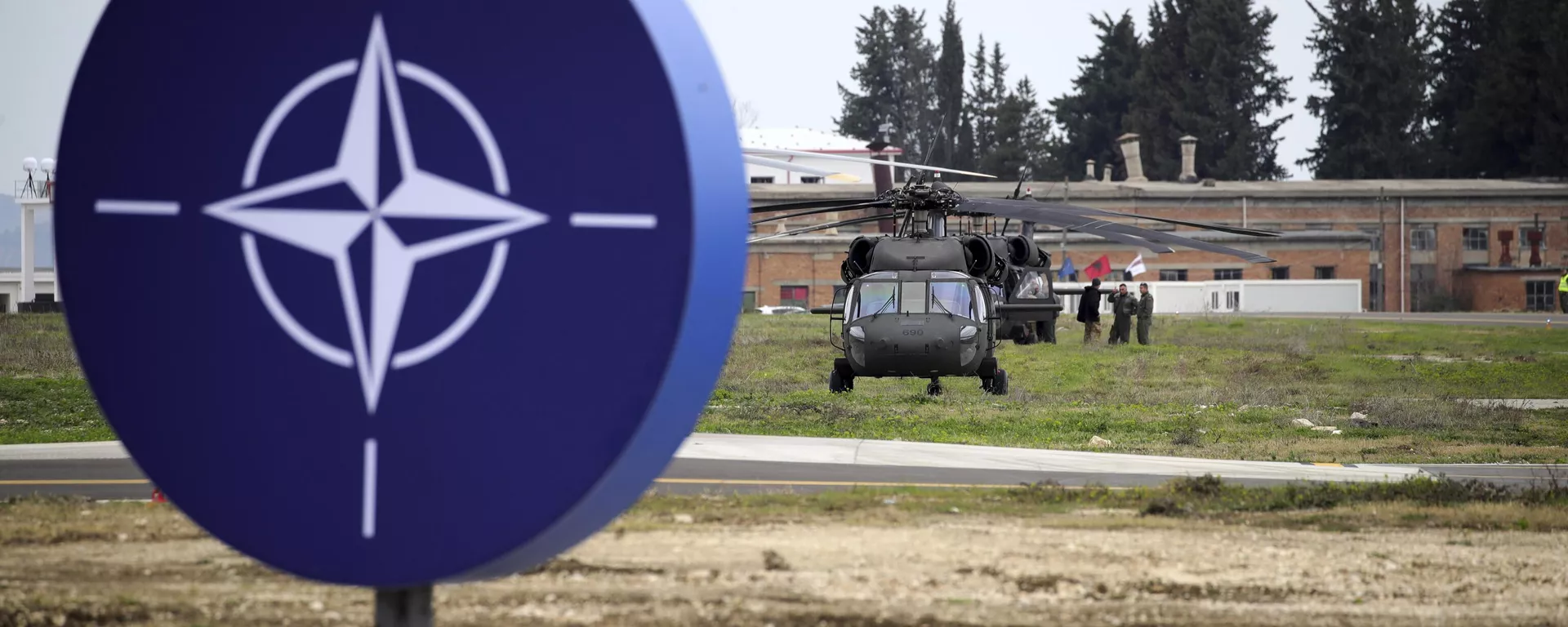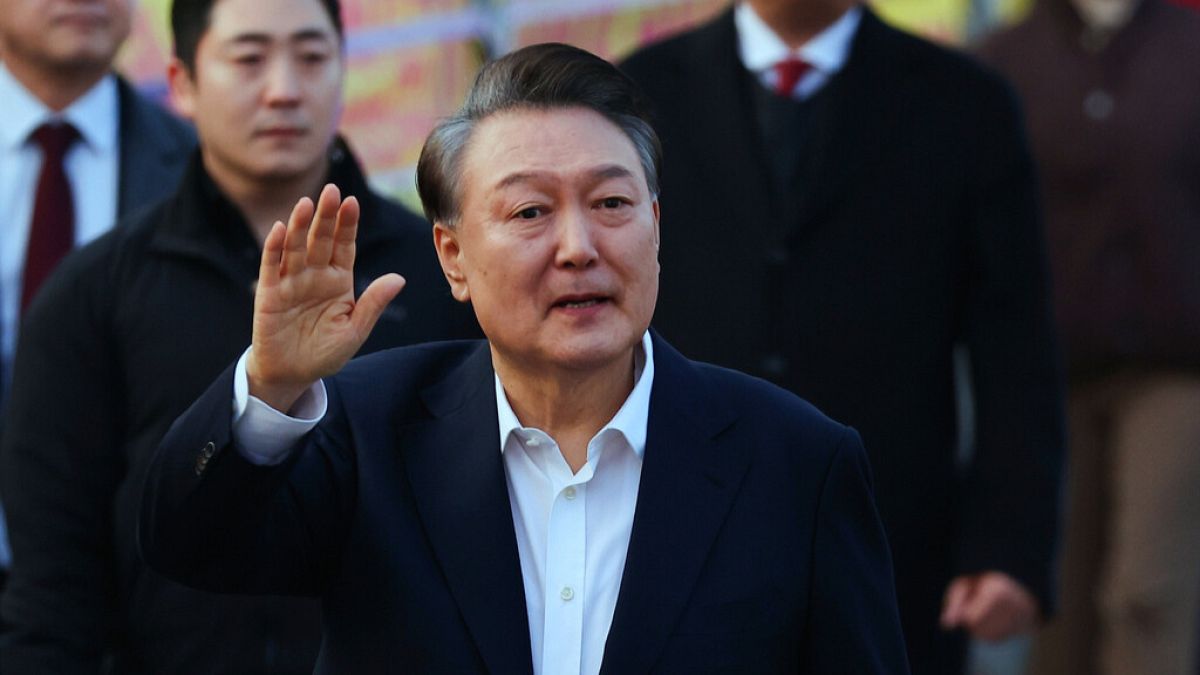The drills, which involved ballistic and cruise missiles from land, sea, and air, aimed to test Russia’s readiness for a massive response to a nuclear attack.
Russian President Vladimir Putin has overseen an extensive nuclear exercise simulating a retaliatory strike involving missile launches, putting Russia's nuclear capabilities front and centre as as tensions with the West over Ukraine continue to escalate.
Speaking via video with military leaders on Tuesday, Putin confirmed the drills are designed to simulate the actions of top officials in a nuclear response, involving launches of both ballistic and cruise missiles.
Defence Minister Andrei Belousov stated that the exercise aims to practice “strategic offensive forces launching a massive nuclear strike in response to a nuclear strike by the enemy”.
The drills included the test-firing of a Yars intercontinental ballistic missile from the Plesetsk launch site, intercontinental ballistic missiles launched from submarines in the Barents Sea and the Sea of Okhotsk, and long-range cruise missiles deployed by Tu-95 strategic bombers.
The Russian Ministry of Defence confirmed that all missiles successfully hit their targets.
Putin, who has frequently highlighted Russia’s nuclear capabilities to discourage Western support for Ukraine, described Russia’s nuclear arsenal as a “reliable guarantor” of sovereignty and security.
He reiterated Russia’s stance that nuclear weapons are a last resort, and announced ongoing modernisation efforts for Russia’s nuclear forces to improve their precision, speed, and resistance to missile defences.
In recent months, Putin has also issued a stern warning that if Western arms donors permit Ukraine to strike deep into Russian territory with weapons they have supplied, they would be risking a direct war between his country and the NATO alliance.
He has also revised Russia’s nuclear doctrine, which now considers a conventional attack by a non-nuclear country allied with a nuclear power as grounds for a joint response, potentially including nuclear weapons.
These exercises follow other recent drills with Belarus, a Russian ally hosting some of Moscow’s tactical nuclear arms.

 5 months ago
40
5 months ago
40






 We deliver critical software at unparalleled value and speed to help your business thrive
We deliver critical software at unparalleled value and speed to help your business thrive






 English (US) ·
English (US) ·